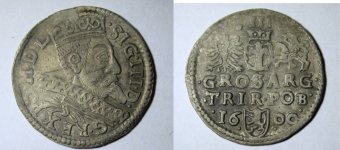- Jun 1, 2012
- 5,036
- 7,168
- Detector(s) used
- Garrett ADS-7X, Fisher Two Box M-Scope, Mother Lode Locator, Dowsing Model 20 Electroscope, White's TM808, White's TM900, Inground Scanners
- Primary Interest:
- All Treasure Hunting
Yes and aluminum did not go into use until the 19th Century. Plus that garnet is outlined with cast aluminum. No way would cheap crap like that have anything to do with the Ark of the Covenant of God. Day Dreamers keep on dreaming and watch all the mud, rock and WOOD.





